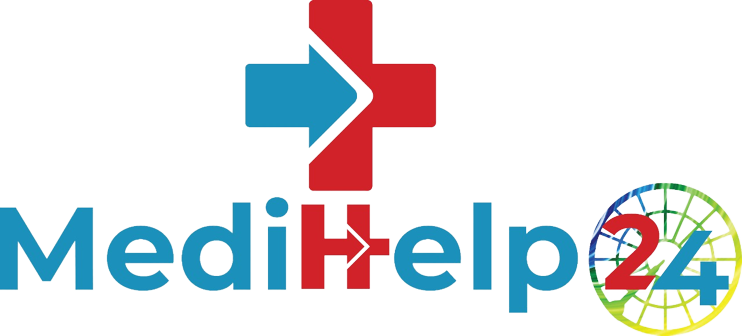
Generic
Valsartan
Indications
Valsartan is indicated: For hypertension To reduce hospitalizations in patients with congestive heart failure To reduce death in patients who developed congestive heart failure after myocardial infarction
Pharmacology
Valsartan is an oral medication that belongs to a class of drugs called angiotensin receptor blockers (ARBs). It is orally active and specific angiotensin II antagonist acting on the AT1 subtype. Angiotensin's attachment to the receptors cause the blood vessels to narrow (vasoconstrict) which leads to an increase in blood pressure (hypertension). Valsartan blocks the angiotensin II receptor. By blocking the action of angiotensin, Valsartan dilates blood vessels and reduces blood pressure without affecting pulse rate. Valsartan has much greater affinity (about 20,000-fold) for the AT1 receptor than for the AT2 receptor. It does not bind or block other hormone receptors or ion channels known to be important in cardiovascular regulation.
Dosage Administration
Hypertension: The usual dose of Valsartan is 80 to 160 mg once daily. The maximum dose is 320 mg daily. Maximum blood pressure reduction occurs within 4 weeks. Heart failure: The usual dose is 40 mg twice daily and may be increased to 80-160 mg twice daily. Post-Myocardial Infarction: The initial dose after myocardial infarction is 20 mg twice daily. The dose should be increased with a target of 160 mg daily if tolerated without side effects.
Side Effects
No drug interactions of clinical significance have been found. Compounds which have been studied in clinical trials include Cimetidine, Warfarin, Furosemide, Digoxin, Atenolol, Indomethacin, Hydrochlorothiazide, Amlodipine and Glibenclamide As Valsartan is not metabolized to a significant extent, clinically relevant drug-drug interactions in the form of metabolic induction or inhibition of the cytochrome P450 system are not expected with Valsartan. Although valsartan is highly bound to plasma proteins, in vitrostudies have not shown any interaction at this level with a range of molecules which are also highly protein bound, such as Diclofenac, Furosemide, and Warfarin. Concomitant use of potassium sparing diuretics (e.g., Spironolactone, Triamterene, Amiloride) potassium supplements, or salt substitutes containing potassium may lead to increase in serum potassium. If co medication is considered necessary, caution is advisable
Pregnancy And Lactation
Valsartan is contraindicated in patients who are hypersensitive to any component of this product.
Therapeutic
Pediatric use: Safety and effectiveness in paediatric patients have not been established. Geriatric use: No overall difference in the efficacy or safety of Valsartan was observed in this patient population, but greater sensitivity of some elderly persons cannot be ruled out. Hepatic Impairment: Mild to moderate: Max: 80 mg once daily. Severe: Contraindicated.
Storage Conditions
Limited data are available related to overdosage in humans. The most likely manifestations of overdosage would be hypotension and tachycardia, bradycardia could occur from parasympathetic (vagal) stimulation. If excessive hypotension occurs, the patient should be placed in the supine position and if necessary, has to be given an intravenous infusion of normal saline.

